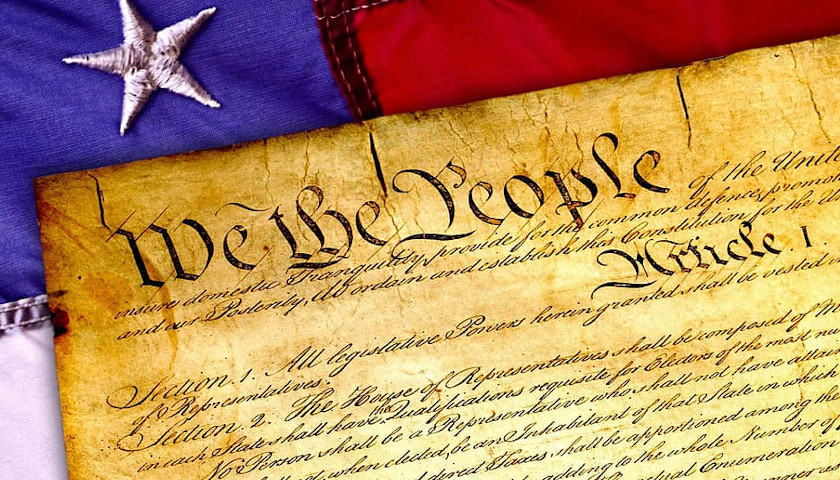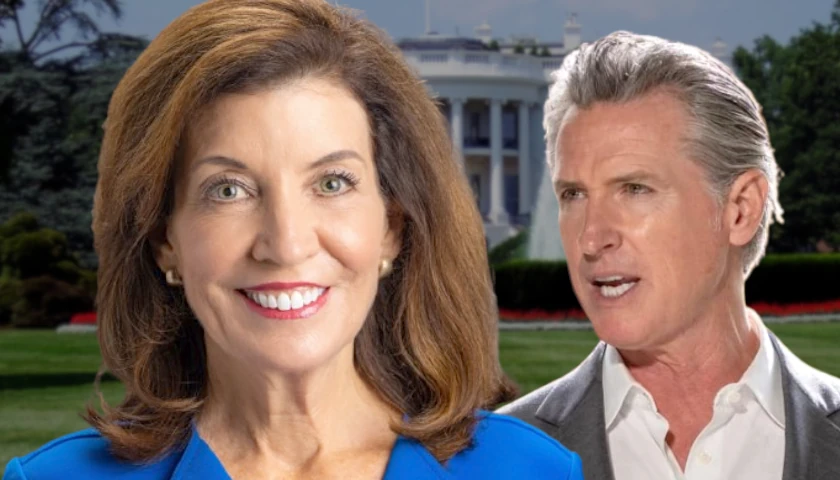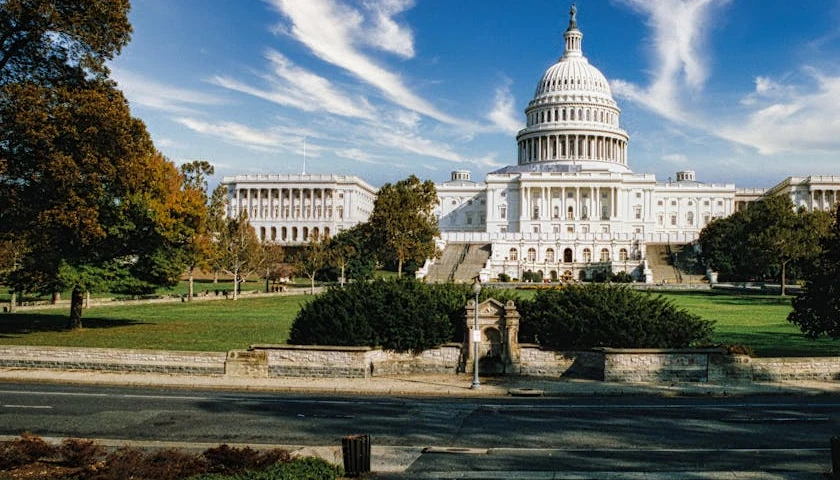by Elizabeth Eastman
The deep divisions plaguing our country may find a remedy in the most unlikely of places: the Bill of Rights. Ratified 229 years ago on December 15, 1791, the first 10 amendments to the Constitution are known collectively as the Bill of Rights. There is little public commemoration of December 15, in contrast to the tradition of celebrating two famous dates in the history of the United States—the Fourth of July, the day that the Declaration of Independence was adopted in 1776, and September 17, the day that the members of the Constitutional Convention signed the Constitution in Philadelphia in 1787. Yet, of the three documents, the Bill of Rights is perhaps the one most invoked by citizens and advocates in everyday life.
Debate about a bill of rights began in earnest during the ratification debates of the Constitution. The final draft of the Constitution did not include a bill of rights when it was sent to the states for ratification. The primary argument against including one was that the proposed government was one of limited powers.
The more vocal opponents of ratification came to be known as the Anti-Federalists. One of their concerns was that reducing the 13 states (as constituted under the Articles of Confederation) into one government (as proposed under the newly drafted Constitution) would prove destructive to the liberties of the people. They saw a bill of rights as one means to remedy this defect in the Constitution.
James Madison played a prominent role in composing a list of amendments from the more than 200 recommended by several states during their ratifying conventions. After the House and Senate each met the two-thirds vote requirement, President Washington submitted the 12 amendments to the states for ratification. Consistent with the requirements set out in Article V of the Constitution, 10 of the 12 amendments were ratified by the states with Virginia becoming the tenth of 14 states to ratify on December 15, 1791, thus meeting the constitutional requirement of three-fourths of the states. Those 10 amendments thereafter became known as the Bill of Rights.
The role of the Bill of Rights has changed in a fundamental way since ratification. James Madison originally proposed that the amendments be incorporated into the body of the Constitution, but he reluctantly agreed to place them at the end of the Constitution as it is today. He argued against a separate bill because he thought that it would not be clear which sections of the Constitution were being amended. He was also concerned that an attached bill of rights would be more of an appendix instead of part of the Constitution. While these are legitimate concerns, only the former has proven true (losing the direct connection to the Constitution), not the latter (that it is a mere appendix).
Madison could have hardly imagined that the Bill of Rights would become such a focal point in national discourse. As a separate list, it has been elevated in importance and has become a central focus, almost to the exclusion of the main part of the Constitution.
There are advantages and disadvantages to the Bill of Rights dominating debate. In a nation designed to secure the blessings of liberty, it is a good thing that the cherished unalienable rights of life, liberty, and the pursuit of happiness, as proclaimed in the Declaration of Independence, is translated into a bill of individual rights. But can there be too great an emphasis on individual rights?
The role of the courts takes on greater prominence to seek redress when rights are denied or abridged. Yet the danger of the courts becoming a second legislative body is real. The notion of unelected judges making law is antithetical to the idea of self-government, in which laws are made by a legislative body elected by the people. The behavior of citizens also changes in the sense that too much emphasis on individual rights may be at the expense of the common good.
The same Bill of Rights that can lead to individualism at the expense of the whole society or the common good may provide direction to healing a deeply divided America. Among the advantages of having a bill of rights is that it contributes in different ways to a good political community and can thus lessen the divisions among the citizenry. What is protected and safeguarded in the Bill of Rights—freedom of speech and the press; peaceable assembly and the right to petition the government; the rights of citizens to protect their life, liberty, and property; and the procedures that support justice—promotes citizen engagement and prosperity.
A bill of rights also clarifies the differences in the roles between government and its citizenry with a reminder that our government is instituted to secure rights and not deny them. According rights to some and denying them to others is a practice that is dangerous, debilitating, and destructive. Regardless of whether one is a public official holding the highest office or men and women who lead private lives, a bill of rights should serve as a reminder to citizens to respect the rights of all and to defend those who have been harmed.
Whether these advantages can be realized and sustained depends upon the people, specifically on the character of the people. Conscience protections were important to the founders because they knew that free government and self-governance rely on a virtuous people. Whether virtuous behavior be cultivated through religion or other means, it is a necessary foundation to a free people and the building of good political communities.
The Bill of Rights ratified 229 years ago promotes the concept that we are one people who can appeal to acknowledged rights that are part of a larger frame of constitutional government. This should serve as a reminder of what contributes to our unity as an American people.
– – –
Elizabeth Eastman holds a PhD in Political Science from Claremont Graduate School, an MA in Liberal Education from St. John’s College, and a BA in French Literature and Civilization from Scripps College. She has taught in the Political Science and History Departments at Chapman University and Azusa Pacific University, and in the Liberal Studies Programs at Roosevelt University in Chicago and at California State University at Fullerton. She is the 2020-21 Senior Scholar in Residence at the Benson Center for the Study of Western Civilization in Boulder, Colorado.





